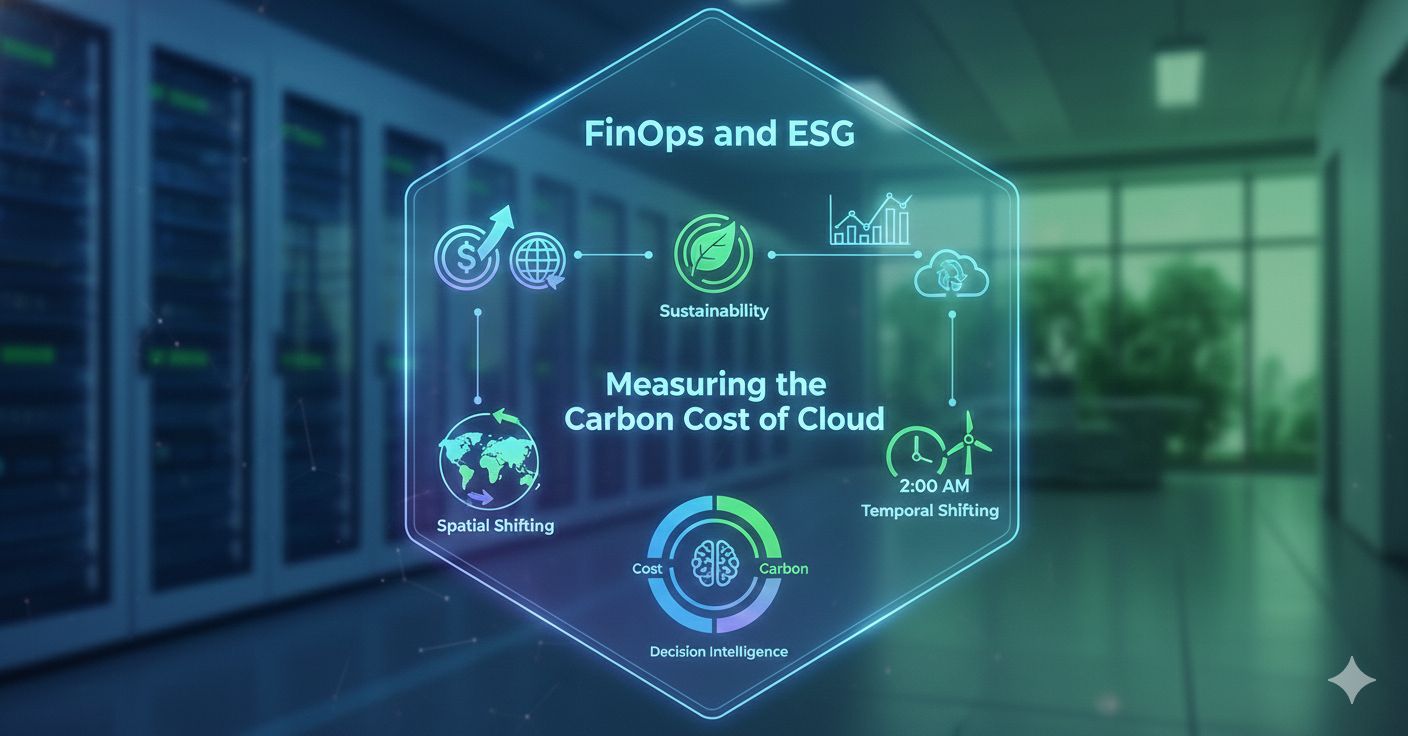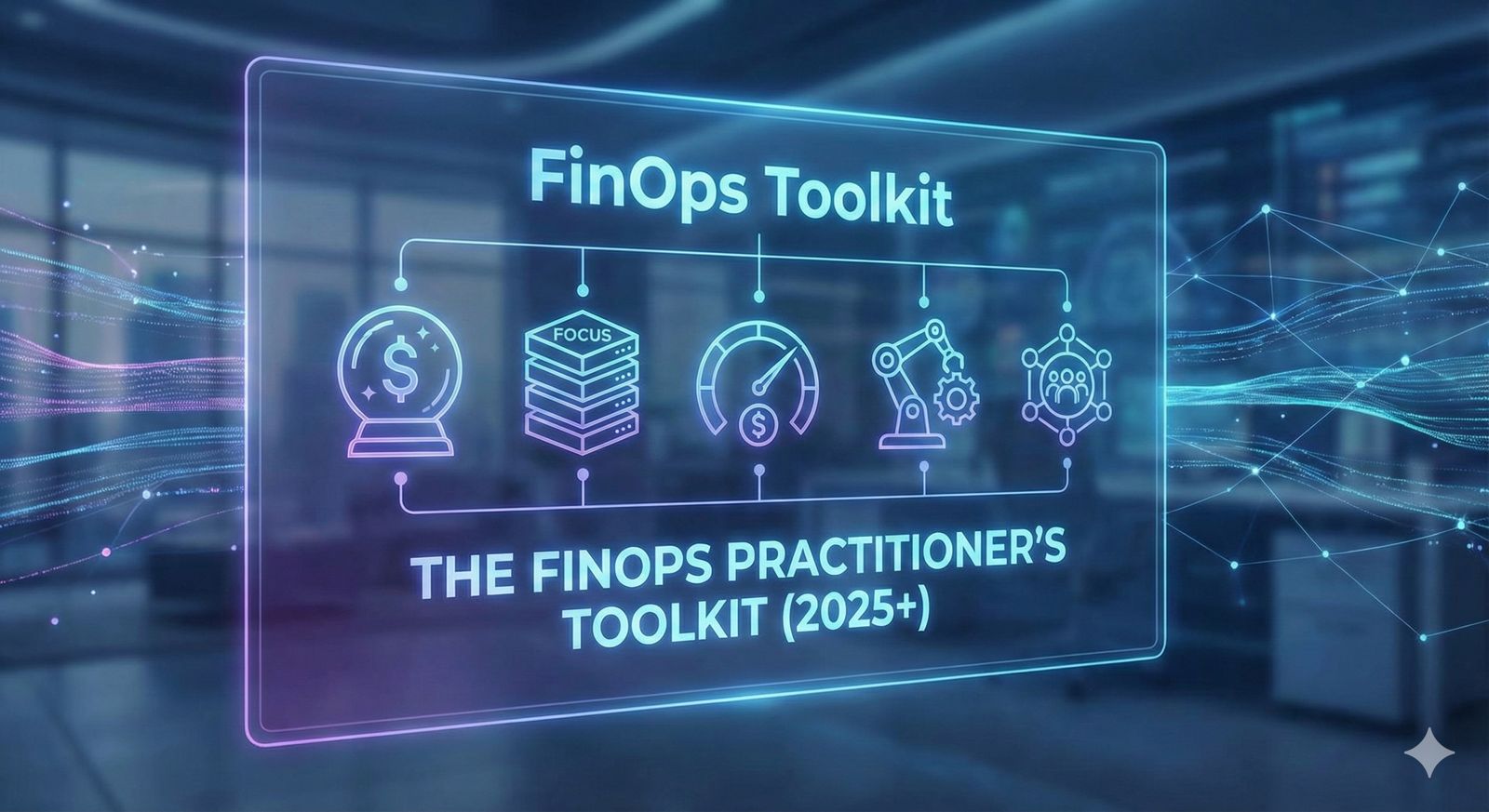Project managers must think beyond traditional planning and execution. Instead, they need to adopt a mindset that recognises how minor shifts when properly managed can lead to significant improvements across the entire project. This is the essence of the “domino effect” in project management.
The New Perspective: Micro-Actions for Macro-Outcomes
Traditional project management often emphasizes milestone planning, resource allocation, and deadline management. While these are all critical, a modern approach also recognises the value of:
• Incremental Improvements: Tiny, consistent enhancements can ripple through the project. Much like a single domino can set off a chain reaction, even a small change—be it an improved process or a minor workflow tweak—can generate benefits that amplify over time.
• Dynamic Check and Balances: Establishing feedback loops at every level ensures that potential issues are detected early. These feedback loops not only guard against negative domino effects but also nurture positive ones.
By focusing on these micro-actions, managers can cultivate an environment where every team member contributes to a culture of continuous improvement.
What Is the Domino Effect?
The domino effect in project management refers to a scenario where one small change or event sets off a chain of related events—either beneficial or detrimental. For instance, a minor delay in a component delivery might not seem significant at first glance. However, if left unchecked, that delay can cascade, affecting subsequent tasks, resource allocation, and ultimately the project’s delivery timeline.
Identifying Domino Effects
To effectively manage this phenomenon, project managers should focus on:
• Early Warning Systems: Implement performance metrics and real-time dashboards that can signal when a small issue might escalate.
• Regular Check-Ins: Schedule frequent progress reviews where team members can discuss obstacles and potential impacts on related tasks.
• Root Cause Analysis: When problems arise, dig deeper to identify the initial trigger rather than just addressing surface-level symptoms.
These practices help in pinpointing when a minor hiccup could lead to a domino cascade, allowing for proactive intervention.
Turning Potential Pitfalls into Project Advantages
1. Create Robust Feedback Loops
Establish communication channels that encourage every team member to share observations, no matter how trivial they may seem. This could be as simple as daily stand-ups or dedicated project forums. The key is to ensure that small issues are not ignored.
2. Leverage Agile Methodologies
Agile practices thrive on adaptability and iterative progress. By breaking projects into manageable sprints, managers can quickly identify and address small issues before they snowball. This agile mindset also fosters a culture where change is expected and handled constructively.
3. Develop Predictive Models
Invest in tools and analytics that help forecast potential chain reactions within the project timeline. Predictive modeling can flag early signs of a domino effect, enabling teams to act swiftly to recalibrate and prevent negative impacts.
4. Foster a Culture of Continuous Improvement
Encourage teams to view every challenge as an opportunity to learn. By regularly analysing small wins and setbacks, organisations can fine-tune processes to not only avert future issues but also to harness those small changes for positive outcomes.
Conclusion
Every minor action in a project has the potential to trigger a larger impact. By proactively managing these micro-adjustments, project managers can ensure that the domino effect works in their favor, leading to smoother and more successful project execution.
Image by Freepik




